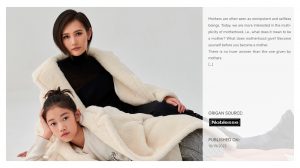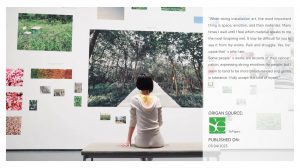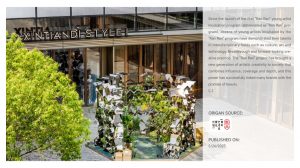By Andre Lai
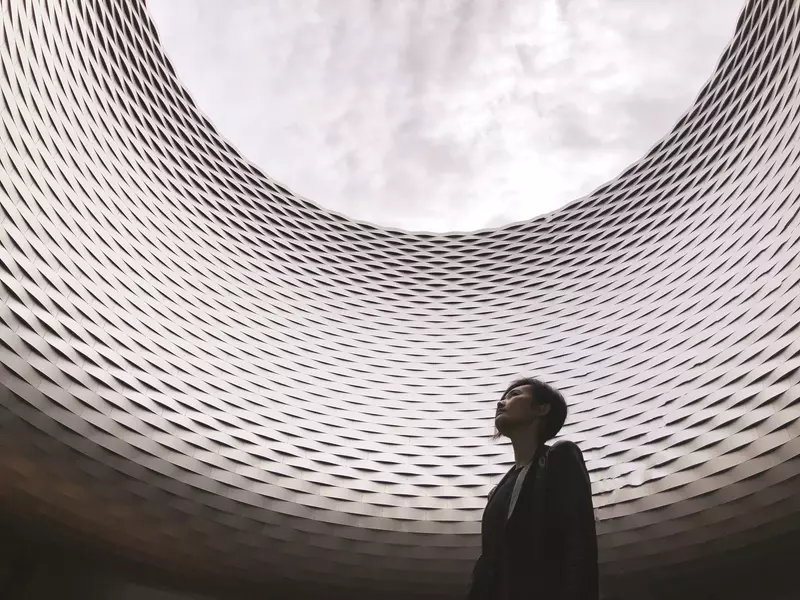
Committee Chair’s Corner – Q&A with Juju Wang, chair of the Art and Culture Committee
Juju Wang is chair of AmCham Shanghai’s Art and Culture Committee. She is an artist who mixes Chinese culture and traditions with contemporary visual techniques. Her works have been exhibited in China, the US, France, England, Switzerland and South Korea. She has had numerous collaborations with luxury brands, including Acqua Di Parma, Ap, Dior, Canada Goose, Givenchy, Swarovski, Tiffany and YSL. She was awarded “Future Leader of the Year” by AmCham Shanghai in 2019. In 2020, she was included on the “Youth Power 30” list by Art Power China.
What are some of the main things that you hope to achieve through the Art and Culture Committee?
There are several aspects that the Art and Culture Committee wishes to achieve. Firstly, we understand the importance of spreading art as a tool for informing people in the world of not just artwork, but also of the artists, their history, and how art can change the way we see our lives and the world. Secondly, we were interested in creating a community where art lovers, galleries, curators, media and agencies can connect with the artists themselves for a better understanding of each other’s field and also to collaborate together. Last but not least, we wanted to bring together artists from different mediums and cultures as a way of exchanging ideas, and in some cases, even working together using each other’s knowledge and expertise.
Why did you choose to pursue a career as an artist and what do you consider the most enjoyable aspects of your career?
I am not a function-driven individual but rather an emotional one. I am more interested in the influence of an object at a sensory level rather than its practical use. Art has given me the opportunity to travel, explore and discover places and stories, that later on I translated into experiences that made a change in the eyes of the viewer.
At the same time, the process of creating has established not only a very intimate dialogue between myself and the object that I shaped, but also a dialogue with the public. Not being a talkative person myself, I used art as a way of communicating with the outside world; and through their notes, online sharing, promotion, and comments, viewers have responded back.
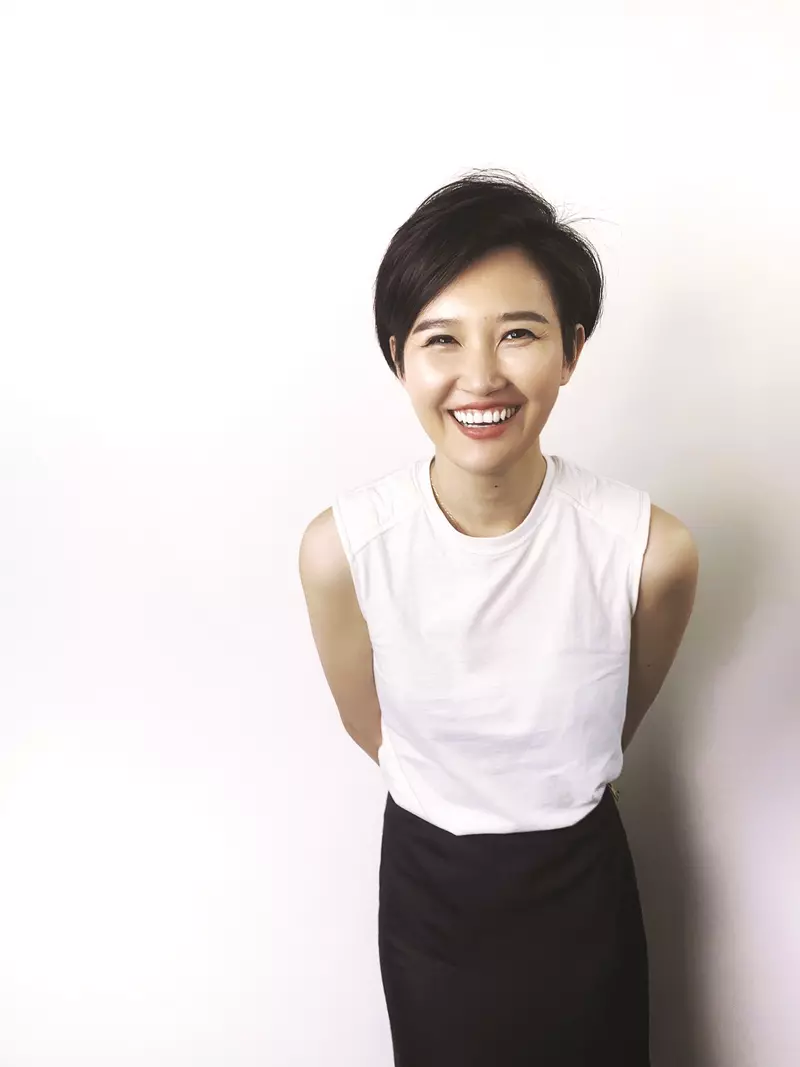
What are your views on the art scene in Shanghai? What is your favorite museum or gallery and why?
Shanghai is an open-minded, highly international city and I believe that its art scene has significantly grown through the recent years. People here are more open to new ideas and they are interested in fresh experiences. That is the reason why we can see many important artists on display and globally known shows happening here.
It would be hard to pick one museum or gallery, since there are so many that I enjoy going to. I think that it really depends on the ongoing exhibitions for one to pick one place instead of the other.
Could you provide some insight into your typical installation work process and any of the challenges involved?
The creation process always starts with an idea inspired by real life emotions, that slowly takes shape into its physical form using help from professionals. The projects are generally pretty fast-paced, and probably the most challenging part of the process is managing to reach the initially envisioned aesthetical and sensory level within a relatively short amount of time, so that the final product becomes a mesmerizing experience for the public.
What aspects of Chinese tradition and culture are you most inspired by and how do you convey that through your artwork?
What I look for is mostly the culture, stories, beliefs, customs, and the community’s connection to nature that lies behind every traditional handicraft, rather than the process of making the object itself. As an example, in the case of [my installation] House of Clouds, the purpose was to capture the soft, eased feeling of the people who practiced this traditional technique of making dai paper. The installation invited the public into a world where kindness, calmness, connection and togetherness were core values practiced every day by the community and I wished to translate that beyond the paper-making.
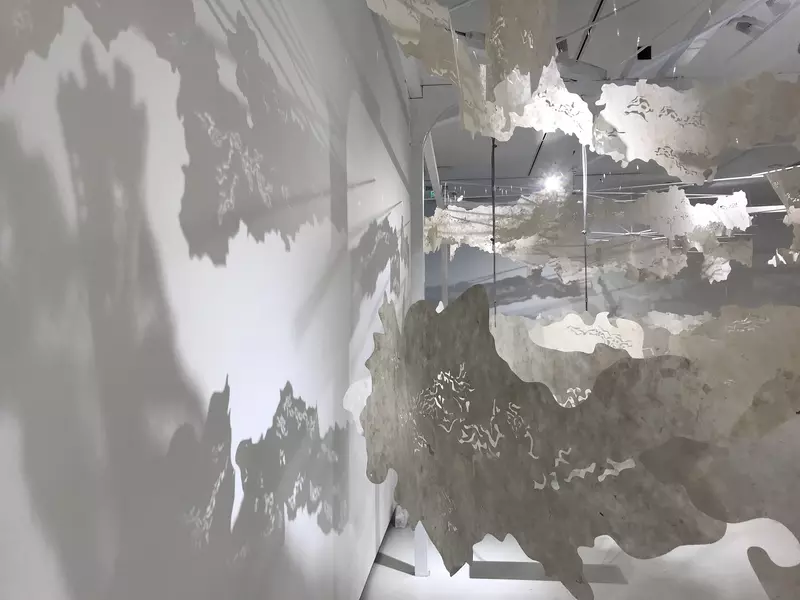
How did exhibiting your artwork in various countries in both the East and West provide you with insight regarding how different cultures and nationalities perceive or interpret art?
My art stands at the meeting point between the East and the West, which makes it familiar for both sides but in a different manner for each. For the East, it becomes an extension of the traditional arts and crafts, while for the West, it becomes an educational and an explorational field using their modern techniques. I use Eastern materials in a Western way, taking history, preserving it, and making it usable in the present times.
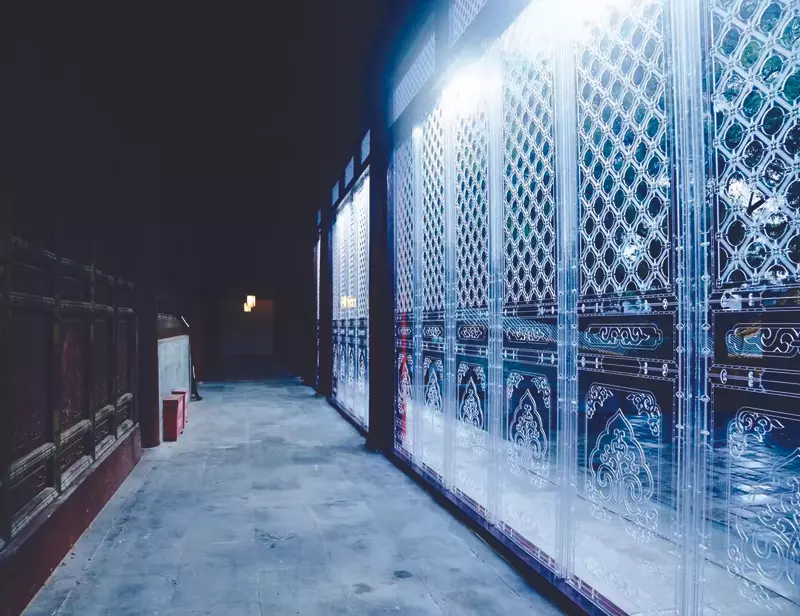
You’ve collaborated with several renowned luxury brands in the past. What do you consider to be the most significant things that you have taken away or learned from those experiences?
The luxury brands that I collaborated with also have very active art foundations, which means that they already have established a viable dialogue with the art world and artists themselves. They have always showed respect towards my artistic point of view, vision and way of expression, which made it very easy to collaborate with them while also showing the same amount of respect for their legacy, history and core values that benefit us all.
What are your views regarding companies employing artists in their branding or other marketing projects? What do you think are their motives behind this?
Art has always been a universal language, known and understood by everybody, regardless of their status, background, age, and cultural belonging. It has served as a way of educating oneself, escaping the real world, or sharing awareness. Art can heal and help individuals and communities and bring people together as a whole, especially nowadays when we are faced with a shifting reality and a constant need to adapt. I think companies are aware of the power that art has and it has become a tool for communicating and engaging with the public in an eased way that is accessible for everybody.
Some people may decide to invest in the work of budding artists in the hopes that the pieces will become much more valuable in the future if the artist’s career takes off. From an artist’s standpoint, what are your views on such investments in contemporary art?
I strongly believe that one should purchase whatever resonates with oneself. Art is personal and intimate; it should only be bought if the future owner truly believes in the beauty of the object, since they are going to be surrounded with its energy. My suggestion would be to only acquire an art object if it responds to the needs, thoughts and emotions of the person that is going to have it. If the artist’s career takes off, it becomes a bonus.
